How to Avoid the Difference Between Bending Angle and Dimension
What is the difference between bending angle and dimension?
A bending angle is the rotation angle required to obtain the correct bend shape during sheet metalworking. In sheet metal fabrication, curving sheets according to a specific bend radius to create flanges, curls, seams, etc is more common and important in daily life.
During the bending process, the quality of the bending machine depends on the bending angle and dimension. The bend radius is the radius of the bend centerline. To ensure the desired size and sheet metal bending angles, we need to pay attention to the following aspects.
(1) The tool alignment of the upper and lower dies is not concentric, which easily leads to the bending size difference. we should align the upper and lower tools before bending.
(2) The relative position between the sheet metal and the bottom die may change after the left and right positions of the back gauge move, which will affect the bending size. Before bending, it is necessary to re-measure the distance between the position of the back gauge.
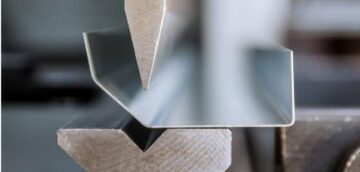
(3) If the workpiece and the lower die are not parallel, it will cause spring back and affect the bending angle. we should measure and adjust the parallelism before bending.
(4) When the first sheet metal angle is insufficient, It will affect the next bend radius. The accumulation of bending error will lead to an increased difference in bending size and bending angle. so it is important to ensure the accuracy of each bend angle in sheet metal.
5) This V-notch size is inversely proportional to the bending pressure. When we process on various bending angle irons, it is necessary to select the proper V open size of the lower die. Generally, 6 ~ 8 times the plate thickness is more appropriate for the angle iron bending.
(6) The top punch edge, the V bottom edge of the workpiece, and the V Bottom edge of the lower die should be on the same vertical plane for bends.
(7) The upper die angle should be at 84 degrees to prevent tool clamping during the sheet metal bends.


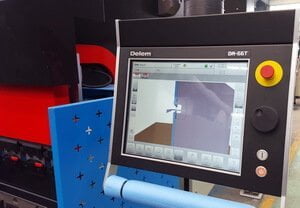
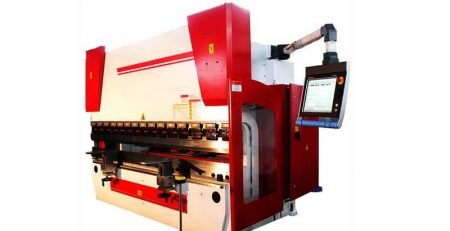

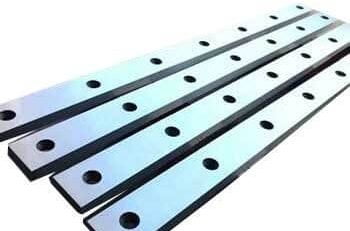
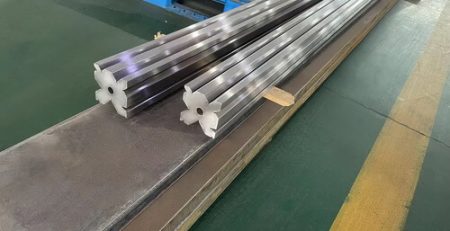

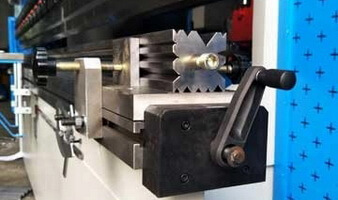
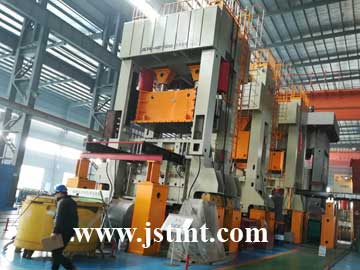
Leave a Reply